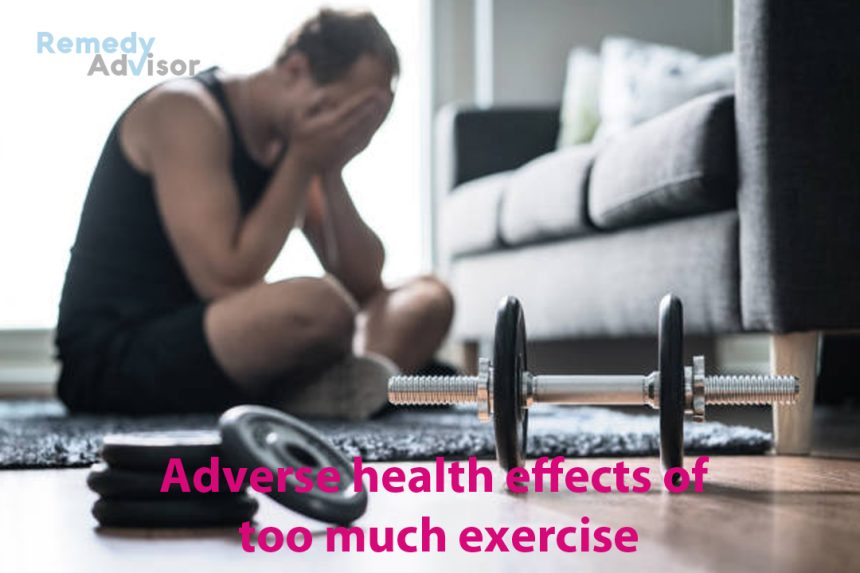When I was writing my first fitness book, Aerobics, back in 1968, I believed that a regimen of sustained, strenuous exercise was necessary for health and longevity and more was better. In the decades since then, countless studies have helped to radically refine this basic “exercise prescription.”
It has become increasingly clear that the health benefits of less exercise less strenuous and less time-consuming are almost as great as a very demanding workout program.
We’ve also learned that excessive exercise exacts a toll on our bodies in the form of everything from musculoskeletal injuries to increased risk of cancer. Finally, we’ve come to recognize the vital role that antioxidants can play in protecting exercisers against cancer, heart attack, arthritis and other diseases.
How much exercise is best?
In 1989, Steven Blair, PED, a researcher here at the Cooper Institute, shook the scientific world. In measuring the fitness of more than 13,000 American men and women, Blair found that the 20% who were fittest were 75% less likely to die over the next eight years than the 20% who were least fit. No surprise there.
The shock was that the biggest reduction in mortality came from only a slight increase in exercise. Those who were just a tad fitter than their most sedentary peers enjoyed a 55% lower death rate.
Implication
Very moderate physical activity gives the biggest health return on your investment of time and energy.
A modest exercise regimen confers increased energy and endurance and a stronger, more resilient cardiovascular system. This “aerobic training effect” lowers your risk of disease and raises your life expectancy by up to two-and-one-half years.
I now believe that there’s no health-related reason to do anything more strenuous than take a brisk walk for 30 minutes five times a week. I walk or run two to three miles, four or five times a week.
I want to stay at a higher level of fitness so I can safely engage in more strenuous activities like mountain climbing, skiing and an occasional five-kilometer running race.
Why more isn’t better
People who exercise harder than this may be doing themselves more harm than good. I’m talking especially about individuals who run 30 miles a week or more. For starters, the risk of muscle injury raises steeply once you run much more than 15 miles a week.
Most people I know who used to work out at this level have had to cut back sharply because of chronic injuries. Many of those who kept running long distances eventually had to quit altogether. Some required hip or knee replacements.
But muscle and joint problems are just the beginning. It turns out that serious exercisers may be unusually vulnerable to life-threatening illnesses. One of my friends, a 50-mile-a-week runner, died of a brain tumor at age 50. Another friend who loved to run marathons succumbed to cancer at age 60.
In my practice, I’ve seen many cases of cancer and heart disease among elite athletes. Studies examining the relationship between exercise and health, like Dr. Blair’s, indicate that the death rate goes up slightly for those at the peak of the fitness pyramid.
What’s to blame? I’m now convinced that the most likely culprit is a class of highly unstable oxygen molecules.
How to protect yourself
Oxygen is essential for life, as we all know. But when chemical reactions strip an oxygen molecule of one or more electrons, it becomes highly reactive. This so-called free radical launches an attack on the body’s cells.
Result: Arteriosclerosis, cancer, immunity problems even an increased risk of cataracts. Free radicals are plentiful in polluted air (including air tainted with automobile exhaust and cigarette smoke). They’re also generated during the normal energy-burning process of metabolism.
Fortunately, the body is equipped with special enzymes that neutralize free radicals. But while moderate exercise helps this self-defense system “gear up” for battle, excessive exercise floods the body with free radicals. This may overwhelm this system.
At special risk: People who run outdoors in an urban setting. They get an extra dose of free radicals from car exhaust, smog and other airborne toxins.
To protect yourself especially if you exercise regularly you need antioxidants to help the body neutralize free radicals. These include vitamins C and E and beta-carotene (a precursor of vitamin A).
Like many health experts, I think it’s best to get these antioxidants by eating five to seven servings of fruits and vegetables each day. Dark-green and yellow vegetables are rich in beta-carotene.
One-and-a-half medium-sized carrots or one sweet potato a day provides enough to give you protection. Citrus fruits are good sources of vitamin C. Seeds, nuts and vegetable oils have vitamin E.
For an extra margin of protection, take supplements every day. Here’s what I’ve found to be best for regular exercisers…
- 1,000 milligrams (mg) of vitamin C (2,000 mg if you run over 30 miles per week).
- 400 international units (IU) of vitamin E (1,200 IU if you run over 30 miles per week).
- 5,000 IU of beta-carotene (10,000 IU if you run over 30 miles per week).
- 400 micrograms (mcg) of folic acid. (800 mcg if you run over 30 miles per week).
- 400 mcg of vitamin B-12.
To keep vitamin costs under $5 a month, buy generic supplements in bulk (500 tablets at a time).
Just be sure the vitamin E is in its natural form (d-alpha tocopherol). It gets into cells and body fluids more efficiently than the synthetic form.







